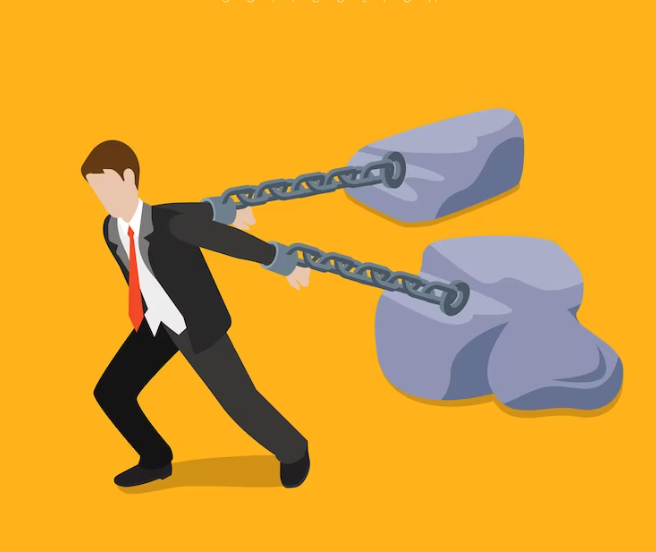In the contemporary work environment, resilience is often heralded as the capability to 'bounce back' from challenges. While this understanding isn't wrong, it perhaps doesn't go far enough. Instead of merely reverting to our original position after facing a setback, what if we could harness our resilience and adaptability to 'bounce forwards'? Let's delve into an employee-centric perspective on how these intertwined traits can propel us into a future brighter than our past.
1. Understanding 'Bounce Forwards'
Bouncing back implies a return to a prior state, essentially moving backward. On the other hand, bouncing forwards is about leveraging adversity to catalyze progress, ensuring we're not just recovering but advancing.
For employees, this means that setbacks – whether it's a failed project, a missed promotion, or a mistake – can be used as stepping stones towards greater success.
2. The Role of Resilience
Resilience is about more than enduring; it's about evolving. It’s the inner strength that not only helps us withstand the storm but also instructs us on navigating future tempests more effectively.
Employee Insight: Recognize that every challenge you face is a learning opportunity. Instead of ruminating on the failure, dissect it. What went wrong? What could you have done differently? What did you learn? By answering these questions, you're positioning yourself for a stronger comeback.
3. The Power of Adaptability
While resilience is the inner strength to withstand challenges, adaptability is the agility to change course as needed. In a world where change is constant, clinging to old methods or mindsets can hinder progress.
Employee Insight: Stay curious. Be open to new tools, technologies, or processes. Regularly update your skills and knowledge. This proactive approach ensures that when challenges arise, you have multiple strategies to address them, making you more likely to find a path forward.
4. Merging Resilience and Adaptability
When resilience and adaptability converge, they form a potent synergy. Resilience ensures you don't get bogged down by setbacks, and adaptability allows you to find new routes forward. Together, they ensure not just recovery but progression.
Employee Insight: Develop a growth mindset. Believe that your abilities can be honed and that challenges are avenues for growth. When you encounter a setback, use your resilience to withstand the immediate impact and your adaptability to chart a new path forwards.
5. Real-World Implications: The 'Bounce Forwards' Effect
Consider a scenario where an employee's proposal is rejected. A resilient yet non-adaptive employee might re-present the same proposal later, hoping for better luck. However, an employee who embodies the 'bounce forwards' ethos will take the feedback, refine their proposal by integrating new insights or approaches, and present a revamped version. This not only increases the chances of acceptance but also demonstrates growth and initiative.
6. Resilience, Adaptability, and Career Growth
Employees who harness the power of 'bounce forwards' position themselves as assets in any organization. They demonstrate the ability to learn from challenges, innovate, and drive progress. Such employees are more likely to be recognized, promoted, and given leadership roles, as they not only manage adversity but turn it into an advantage.
7. Cultivating a 'Bounce Forwards' Mindset
Bouncing forwards is not an innate trait but a cultivated skill set. Here's how to nurture it:
- Feedback is Gold: Embrace feedback, both positive and negative. Understand it's a tool for growth, not a personal attack.
- Lifelong Learning: Dedicate yourself to continuous learning. The more knowledge and skills you have, the better equipped you are to find new paths forward.
- Mindfulness: Practices like meditation or journaling can help you understand your reactions to setbacks and guide you towards more constructive responses.
In conclusion, as employees navigate the complex, ever-evolving labyrinth of the modern workplace, the ability to 'bounce forwards' will set them apart. Resilience ensures they don’t stay down after a fall, and adaptability finds them a clearer, often superior path forward. By integrating these principles, employees can transform challenges into springboards, propelling themselves into brighter professional futures. The journey, laden with setbacks, is inevitable, but with resilience and adaptability, the trajectory can always be upwards and onwards.




